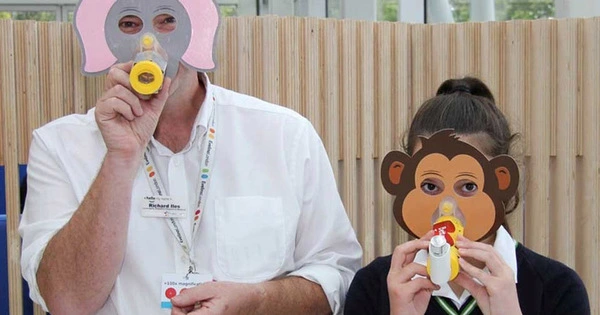Teaching empathy to students can boost their creative ability, yet evaluating this gain can be difficult. According to new research, teaching youngsters in a way that promotes them to empathize with others boosts their creativity and may lead to a variety of other favorable learning outcomes.
The findings are the result of a year-long University of Cambridge study involving year 9 Design and Technology (D&T) students (aged 13 to 14) from two inner London schools. Pupils at one school spent the year following curriculum-required lessons, but pupils at the other school employed a set of engineering design thinking tools to enhance students’ ability to think creatively and empathically while solving real-world problems. Both sets of pupils were assessed for creativity at both the start and end of the school year using the Torrance Test of Creative Thinking: a well-established psychometric test.
The findings revealed a statistically significant increase in creativity among students in the intervention school that used the thinking tools. At the outset of the year, students in the control school, which followed the conventional curriculum, had 11% better creativity scores than those in the intervention school. However, at the end, the situation had completely changed: the intervention group’s creativity scores were 78% higher than the control group’s.
Teaching for empathy has been problematic despite being part of the D&T National Curriculum for over two decades. This evidence suggests that it is a missing link in the creative process, and vital if we want education to encourage the designers and engineers of tomorrow.
Nicholl, Senior Lecturer
The researchers also evaluated certain categories within the Torrance Test that are indicative of emotional or cognitive empathy: such as ’emotional expressiveness’ and ‘open-mindedness’. Pupils from the intervention school performed significantly better in these areas, demonstrating that a significant improvement in empathy was driving overall creative ratings.
According to the study’s authors, increasing empathy not only promotes creativity but can also deepen students’ overall involvement with learning. Notably, they discovered evidence that both boys and girls in the intervention school responded to the D&T course in ways that defied gender preconceptions. Boys improved significantly in emotional expression, rating 64% higher at the end of the year than at the beginning, while girls gained more in cognitive empathy, exhibiting 62% greater perspective-taking.
The research is part of a long-term collaboration between the Faculty of Education and the Department of Engineering at the University of Cambridge called ‘Designing Our Tomorrow’ (DOT), led by Bill Nicholl and Ian Hosking. It challenges pupils to solve real-world problems by thinking about the perspectives and feelings of others.

The study’s specific challenge requested students at the intervention school to create an asthma-treatment ‘pack’ for children aged six and under. Pupils were given a variety of creative and empathic ‘tools’ to help them do so, such as data on the amount of children asthma fatalities in the UK and a movie depicting a small child experiencing an attack. They also investigated the issue and tested their design concepts by acting as patients, family members, and medical personnel.
Nicholl, Senior Lecturer in Design and Technology Education, who trains teachers studying on the University’s D&T PGCE course, said: “Teaching for empathy has been problematic despite being part of the D&T National Curriculum for over two decades. This evidence suggests that it is a missing link in the creative process, and vital if we want education to encourage the designers and engineers of tomorrow.”
Dr Helen Demetriou, an affiliated lecturer in psychology and education at the Faculty of Education with a particular interest in empathy, and the other researcher involved in the study, said: “We clearly awakened something in these pupils by encouraging them to think about the thoughts and feelings of others. The research shows not only that it is possible to teach empathy, but that by doing so we support the development of children’s creativity, and their wider learning.”
The study’s gender disparities show that the intervention helped students overcome some of the learning barriers that presumed gender roles frequently cause. For example, boys are generally discouraged from expressing emotion at school, however according to the assessments, this was one of the key areas where they made considerable creative advances.
In addition to the Torrance Tests, the researchers interviewed students from both the intervention school and a third (girls-only) school that also participated in the asthma challenge. This feedback revealed that students had great empathy for the issues experienced by young asthma sufferers, and that this had informed their creative judgments in the classroom.
When discussing patients and their families, many used terms like “stepping into their shoes” or “seeing things from another perspective.” One boy told the researchers, “I think by the end of the project, I could feel for the people with asthma… if I was a child taking inhalers, I would be scared too.”
Another responded: “Let’s say you had a sister or brother in that position. I would like to do something like this so we can help them.”
Overall, the authors argue that these findings speak to the need to cultivate ’emotionally intelligent learners’ not only in D&T classes, but across topics, especially in light of new, broader scientific evidence that our ability for empathy fades with age.
















